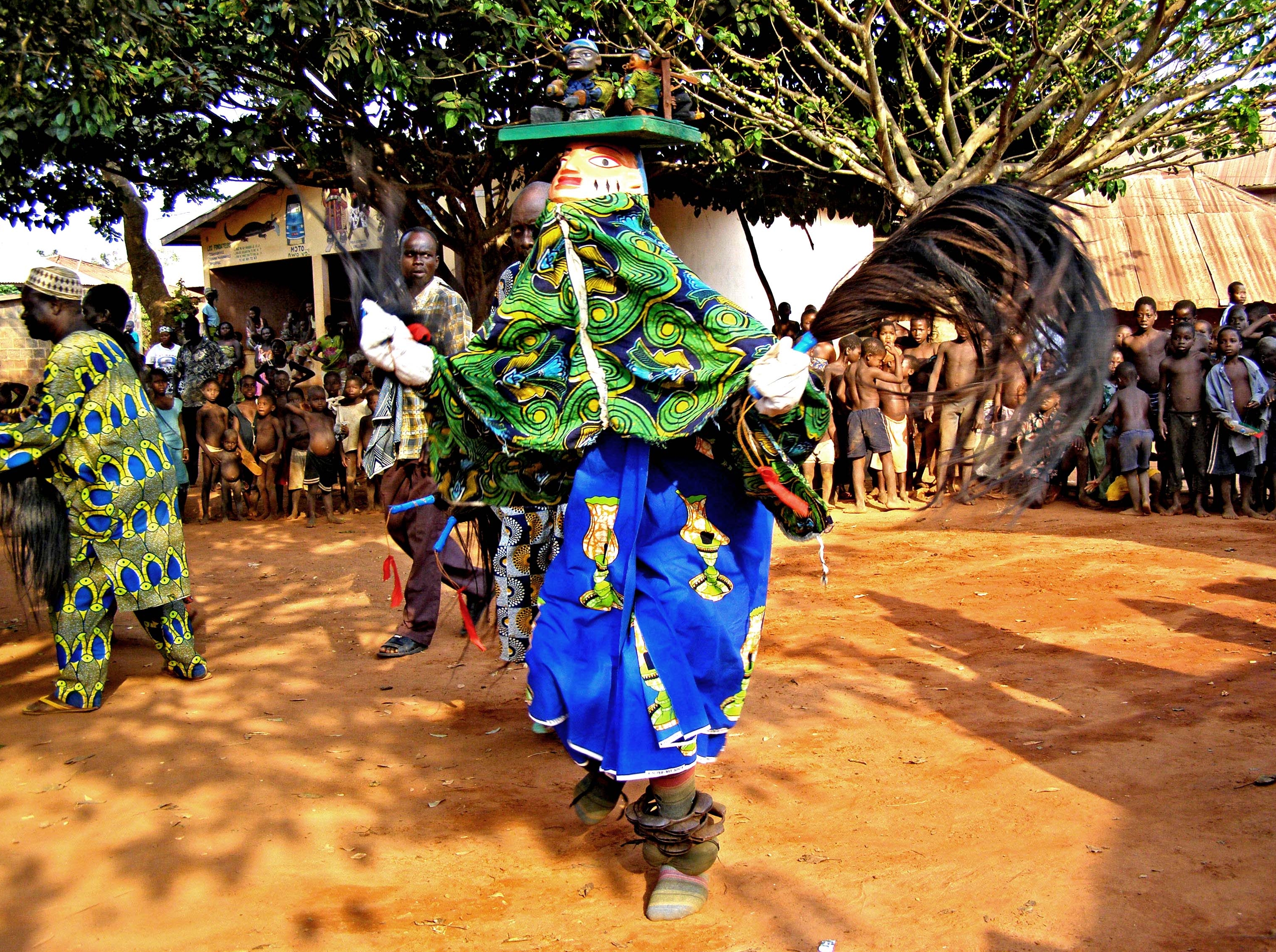|
Mahi People
The Mahi are a people of Benin. They live north of Abomey, from the Togo border on the west to the Zou River on the east, and south to Cové between the Zou and Ouemé rivers, north of the Dassa hills. The Mahi established their own kingdom before 1800 years ago, and were a target of the Slave trade before French colonization at the end of the 19th century. See also * Rulers of the Mahi state of Fitta * Rulers of the Mahi state of Savalu This is a list of rulers of the Mahi state of Savalu, located in present-day Benin. Rulers of the Mahi state of Savalu See also *Benin ** Mahi states **Mahi people *Lists of office-holders These are lists of incumbents (individuals holding ... Sources * * * * * * * Ethnic groups in Benin {{Africa-ethno-group-stub ... [...More Info...] [...Related Items...] OR: [Wikipedia] [Google] [Baidu] |
Benin
Benin ( , ; french: Bénin , ff, Benen), officially the Republic of Benin (french: République du Bénin), and formerly Dahomey, is a country in West Africa. It is bordered by Togo to the west, Nigeria to the east, Burkina Faso to the north-west, and Niger to the north-east. The majority of its population lives on the southern coastline of the Bight of Benin, part of the Gulf of Guinea in the northernmost tropical portion of the Atlantic Ocean. The capital is Porto-Novo, and the seat of government is in Cotonou, the most populous city and economic capital. Benin covers an area of and its population in was estimated to be approximately million. It is a tropical nation, dependent on agriculture, and is an exporter of palm oil and cotton. Some employment and income arise from subsistence farming. The official language of Benin is French, with indigenous languages such as Fon, Bariba, Yoruba and Dendi also spoken. The largest religious group in Benin is Sunni Islam ... [...More Info...] [...Related Items...] OR: [Wikipedia] [Google] [Baidu] |
Abomey
Abomey is the capital of the Zou Department of Benin. The commune of Abomey covers an area of 142 square kilometres and, as of 2012, had a population of 90,195 people. Abomey houses the Royal Palaces of Abomey, a collection of small traditional houses that were inhabited by the Kings of Dahomey from 1600 to 1900, and which were designated a World Heritage Site by UNESCO in 1985.Butler, Stuart (2019) ''Bradt Travel Guide - Benin'', pgs. 135-45 History Abomey was founded in the 17th century as the capital of the Kingdom of Dahomey (1600–1904), on the site of the former village of Kana. Traditional legends state that the town was founded by Do-Aklin, a son of the king of Allada who ventured north to found his own kingdom; the name is thought to come from Danhomé, also spelled Danxomé, meaning "belly of Dan", Dan being the original chief of the village. Dahomey expanded rapidly in the 1700s, absorbing many of the surrounding kingdoms, and growing rich from the slave trade. ... [...More Info...] [...Related Items...] OR: [Wikipedia] [Google] [Baidu] |
Zou River
The Zou is a river of south-western Benin. It drains into the Ouémé River. The river banks are inhabited in parts by the Mahi people near the Togo border. See also *List of rivers of Benin This is a list of rivers in Benin. This list is arranged west to east by drainage basin, with respective tributaries indented under each larger stream's name. *''Volta River'' (Ghana) **Oti River ***Kara River *** Pendjari River *Mono River ** C ... References Rivers of Benin {{Benin-river-stub ... [...More Info...] [...Related Items...] OR: [Wikipedia] [Google] [Baidu] |
Cové
Cové is a city in the Zou Department of Benin. The commune covers an area of 525 square kilometres and as of 2012 had a population of 43,554 people. Geography Cové is located 40 kilometres from Abomey and 159 kilometres from Cotonou. The commune covers an area of 525 square kilometres and the Zou Ouémé river passes through it. It is bounded to the north by Dassa-Zoumé, east by Zagnanado, south by Zogbodomey, and west by Djidja and Za-Kpota. It is linked to the capital by a paved road. Cové became a sub-prefecture in 1991. Administrative divisions Cové is subdivided into 7 arrondissements; Adogbé, Gounli, Houin, Lainta, Naogon, Soli and Zogba. They contain 36 ''quartiers''. Economy The main ethnic groups are the Mahi, the Fon, Yoruba, Dendi and Bariba. The occupations of the inhabitants are agriculture, fishing and hunting (42%), trade and catering (30%), transport and communication (6%) crafts (11%) etc. 53 600,00 hectares of land are d ... [...More Info...] [...Related Items...] OR: [Wikipedia] [Google] [Baidu] |
List Of Rulers Of The Mahi State Of Fitta
List of Rulers of the Mahi state of Fitta Sources * http://www.rulers.org/benitrad.html See also *Benin **Mahi states The Mahi are a people of Benin. They live north of Abomey, from the Togo border on the west to the Zou River on the east, and south to Cové between the Zou and Ouemé rivers, north of the Dassa hills. The Mahi established their own kingdom bef ... * Lists of office-holders {{DEFAULTSORT:List Of Rulers Of The Mahi State Of Fitta Mahi ... [...More Info...] [...Related Items...] OR: [Wikipedia] [Google] [Baidu] |
Rulers Of The Mahi State Of Savalu
This is a list of rulers of the Mahi state of Savalu, located in present-day Benin. Rulers of the Mahi state of Savalu See also *Benin **Mahi states **Mahi people The Mahi are a people of Benin. They live north of Abomey, from the Togo border on the west to the Zou River on the east, and south to Cové between the Zou and Ouemé rivers, north of the Dassa hills. The Mahi established their own kingdom bef ... * Lists of office-holders References Benin traditional polities {{DEFAULTSORT:Savalu Benin history-related lists ... [...More Info...] [...Related Items...] OR: [Wikipedia] [Google] [Baidu] |

